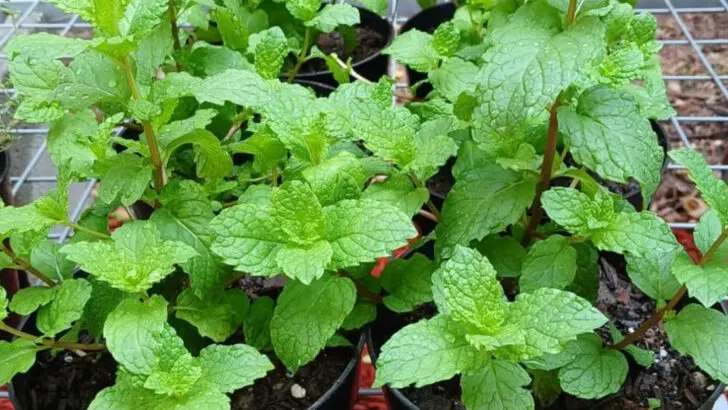If you’re tired of replanting your vegetables every season, it’s time to discover the magic of edible perennials. These hardy plants don’t just survive year after year — they come back stronger, providing you with a reliable and sustainable harvest without the hassle of constant replanting. Perfect for gardeners who want to save time while enjoying fresh, homegrown food.
Edible perennials are a game-changer because they often develop deeper root systems, making them more resilient to pests, drought, and changing weather. This means you get consistent yields with less effort, plus they can help improve soil health and reduce garden maintenance. From leafy greens to flavorful herbs and even fruits, these plants are essential for anyone looking to build a thriving, low-maintenance garden.
In this article, we’ll introduce you to 15 edible perennials that will enrich your garden year after year. Whether you have a sprawling backyard or a cozy balcony, these plants are easy to grow and will reward you with delicious, fresh produce season after season — no replanting required!
Asparagus
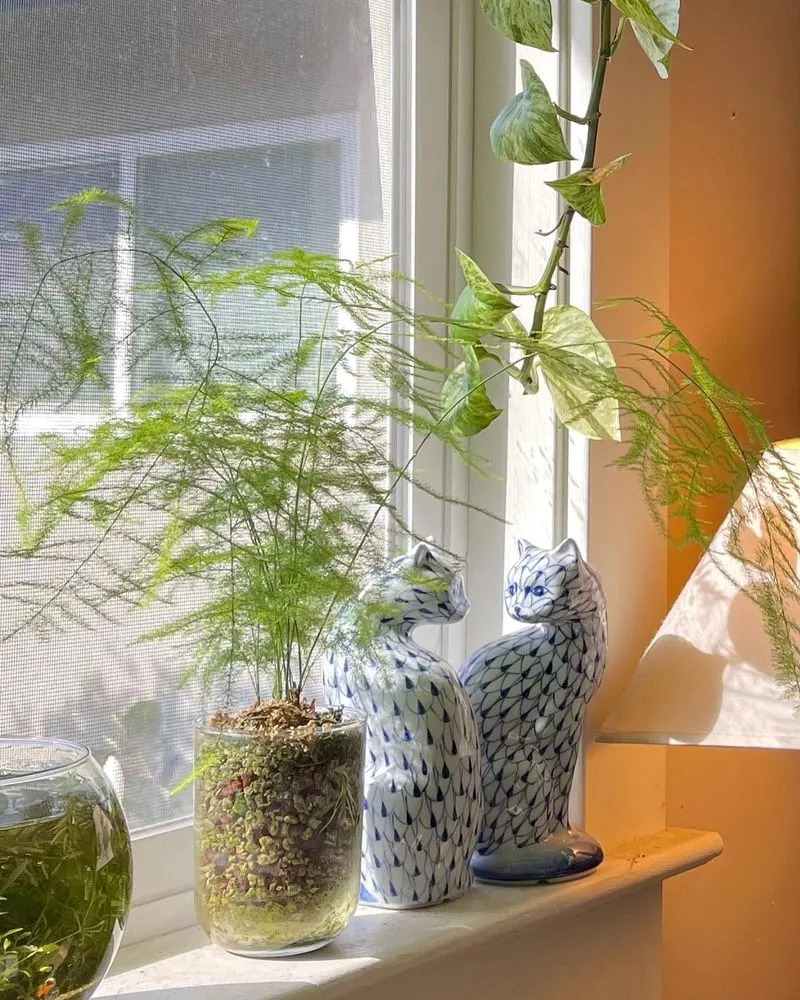
Asparagus is a perennial vegetable that rewards patience with tender spears every spring. Known for its vibrant green color and unique flavor, it thrives in well-drained soil. Plant it once, and it will produce for up to 20 years. In the first few years, resist the urge to harvest too much. Allowing the plant to mature will ensure robust growth. Asparagus is nutrient-rich, high in vitamins A, C, and K. A versatile ingredient, it works beautifully grilled, steamed, or roasted, bringing elegance to any dish. Its early spring emergence marks the garden’s awakening.
Rhubarb
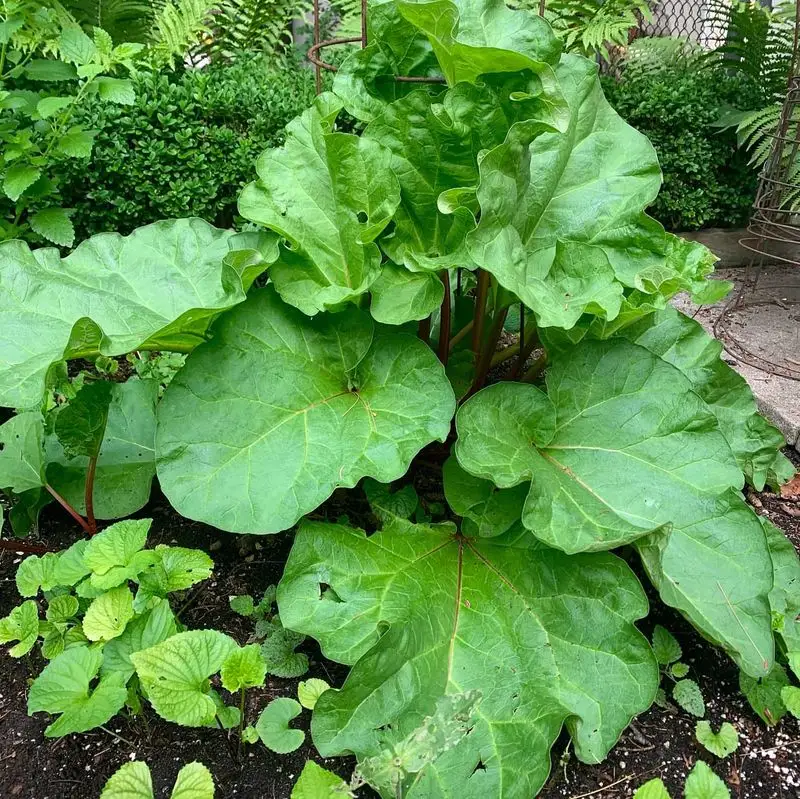
Rhubarb, with its striking red stalks, is a bold and beautiful addition to any garden. This hardy perennial is not just easy to grow but also delightful in pies and jams. It thrives in cooler climates, and once established, requires little maintenance. In spring, its vibrant colors signal the start of the growing season. Be cautious, though, as its leaves contain toxic compounds. Harvest only the stalks, and enjoy its tart flavor that adds a unique twist to desserts. Rhubarb’s resilience and productivity make it a gardener’s favorite.
Horseradish
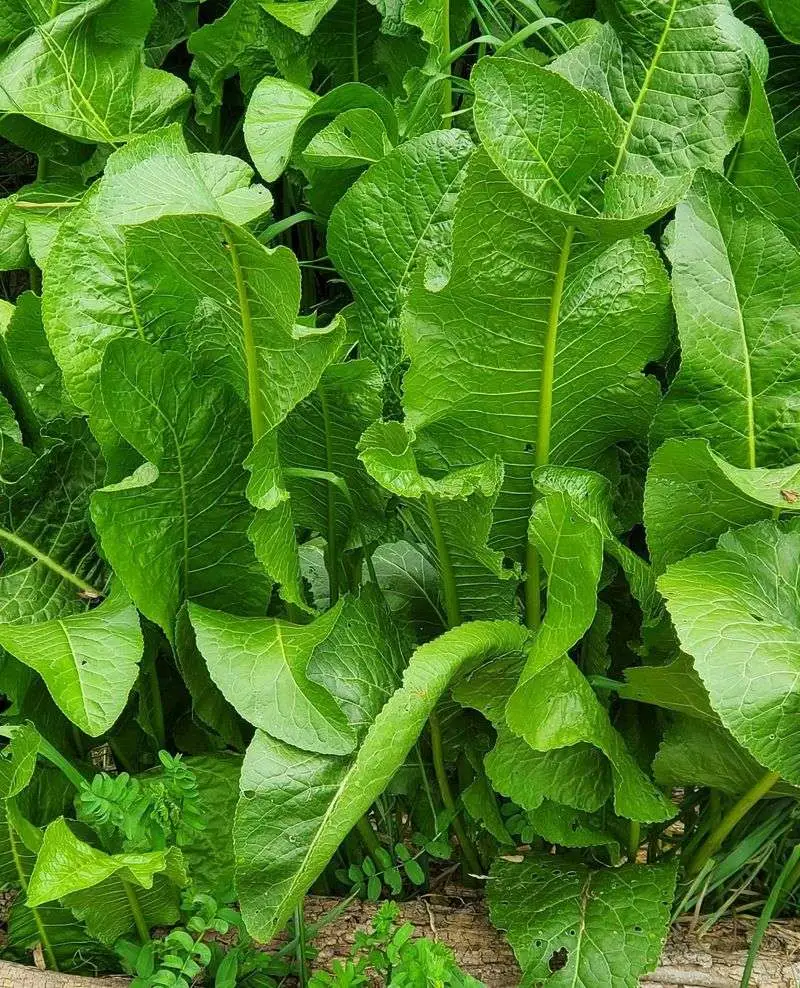
Horseradish is for those who love a bit of spice in their life. This perennial root vegetable boasts a distinctive, fiery flavor when grated. It’s incredibly easy to grow, thriving in full sun and well-drained soil. Once planted, it can be somewhat invasive, so consider a designated space. Used in sauces and condiments, horseradish adds zing to dishes. The root is harvested in late fall, after frost for the best flavor. Its pungency and boldness are matched by its ability to come back stronger every year.
Jerusalem Artichoke
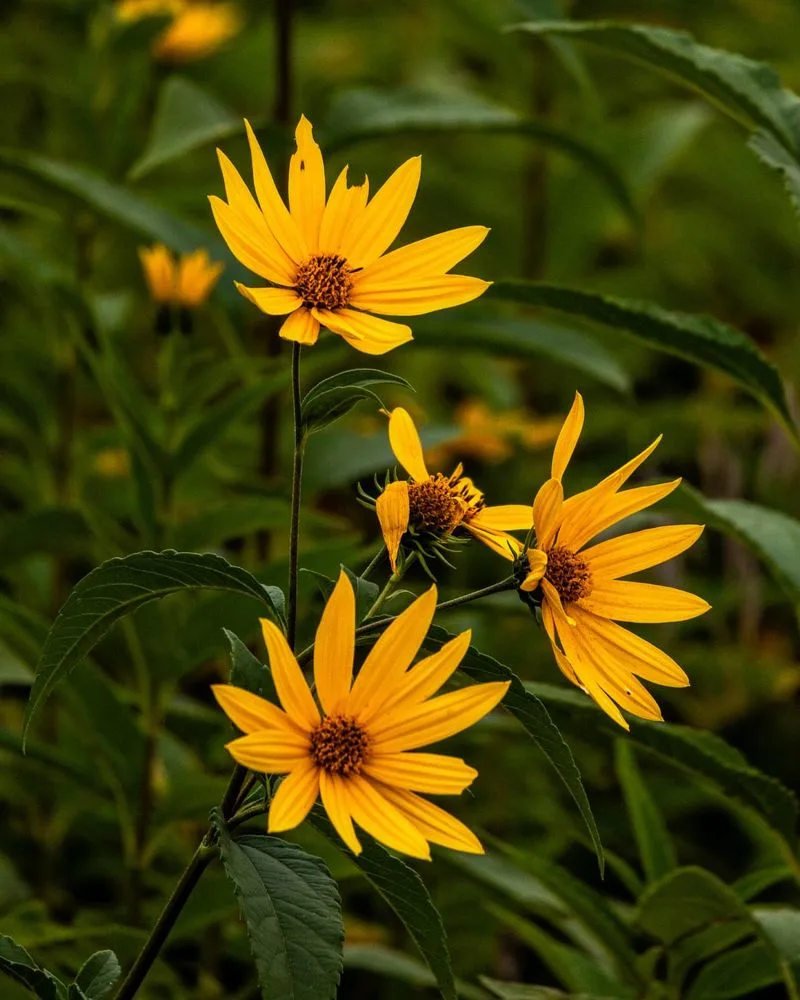
Jerusalem artichoke, also known as sunchoke, is an underrated gem. This perennial tuber, part of the sunflower family, produces knobby roots rich in inulin – a type of fiber beneficial for gut health. It thrives in a variety of soils and can grow up to 10 feet tall. Harvest in the fall for a nutty-flavored treat. Despite its name, it’s neither from Jerusalem nor an artichoke, but its nutritional benefits and unique taste make it a must-have. Its cheerful yellow flowers add beauty to any garden setting.
Chives
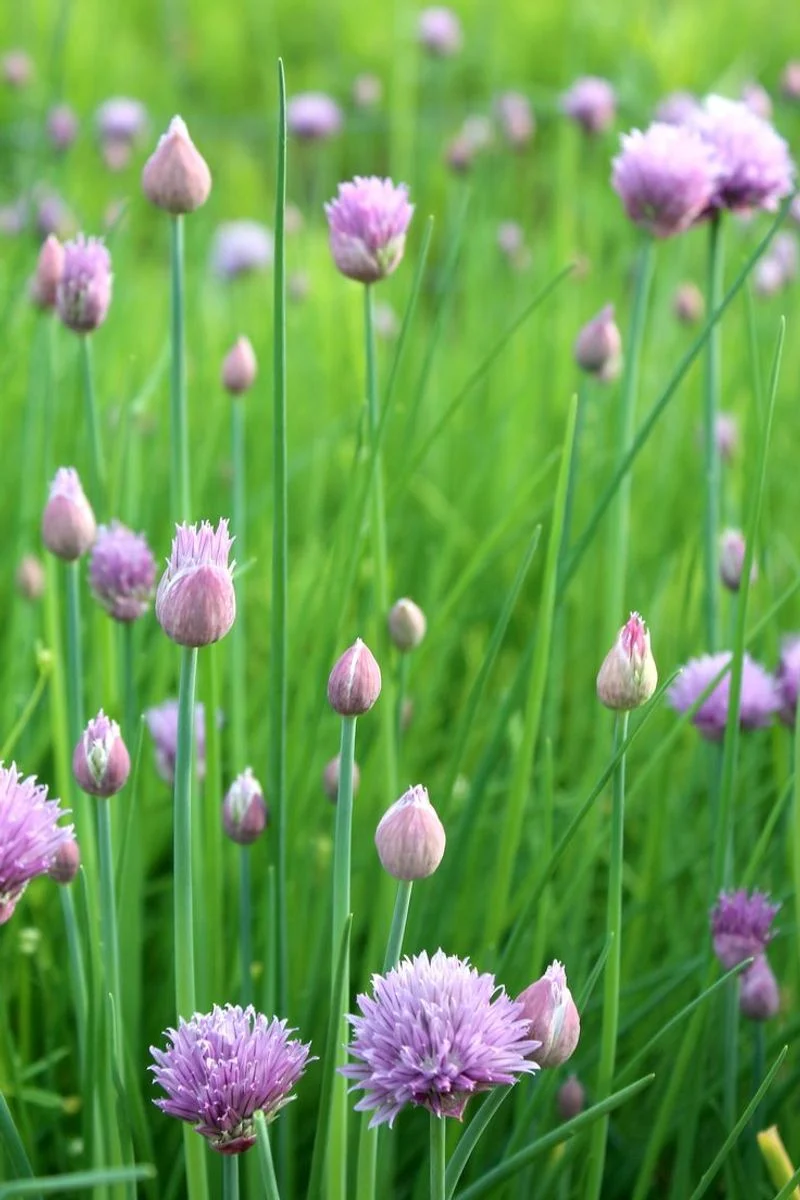
Chives bring a mild onion flavor to dishes, making them a culinary staple. This hardy perennial is perfect for borders or containers, thriving in well-drained soil with full sun. Its purple flowers are not only attractive but edible, adding a pop of color to salads. Chives are low maintenance and can be easily divided to create new plants. Snip the leaves as needed to enhance soups, stews, and omelets. Their versatility and ease of growth make chives a delightful addition to any gardener’s herb collection.
Sorrel
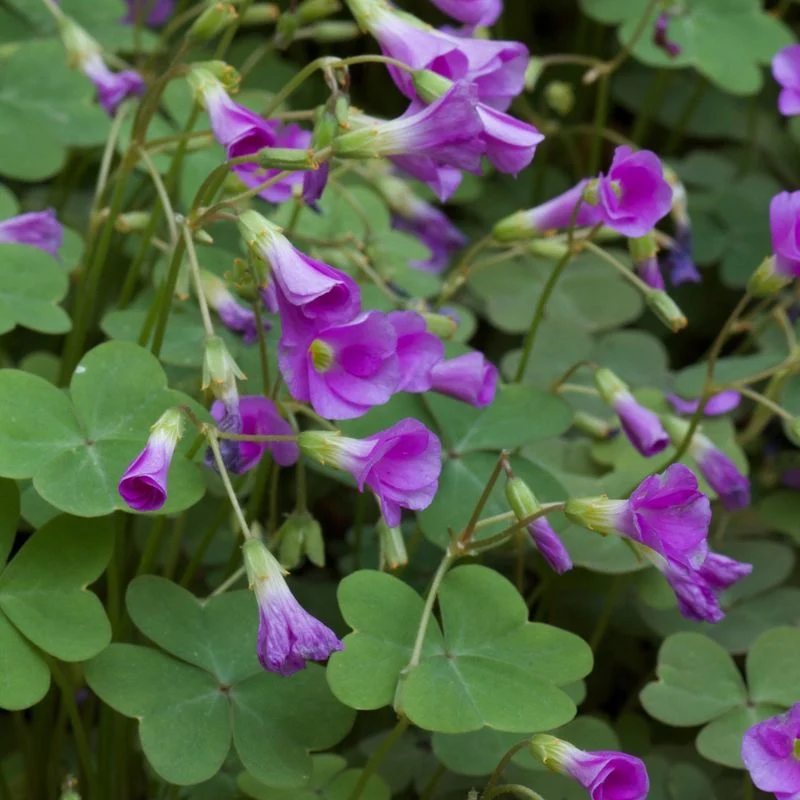
Sorrel is the secret ingredient for a tangy twist in the kitchen. This leafy green perennial is known for its sharp, lemony flavor. It flourishes in well-drained soil and partial shade. Harvest the leaves young for the best taste, and use them fresh in salads or as a base for sauces. Sorrel’s vibrant green leaves stand out in any garden. Packed with vitamins A and C, it’s both nutritious and versatile. Whether in a soup or as a garnish, sorrel brings a refreshing zing that awakens the palate.
Lovage
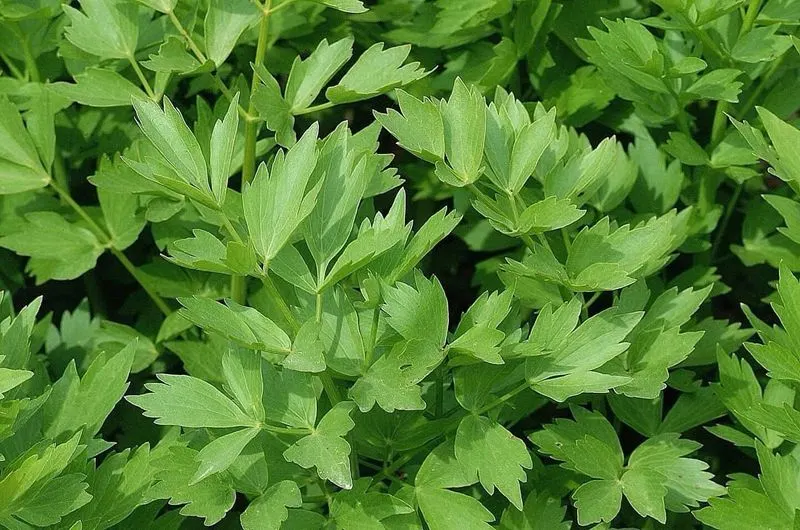
Lovage is a culinary herb with a flavor reminiscent of celery but more intense. This tall perennial can grow up to six feet, making it a striking garden feature. Its leaves, stems, and seeds are all edible, offering a robust flavor to soups and stews. Lovage thrives in fertile, well-drained soil and full sun. It’s known for its medicinal properties, aiding digestion. As a perennial, it returns each year, providing a continuous supply of fresh herbs. Lovage is a must-have for those who appreciate bold flavors.
Artichoke
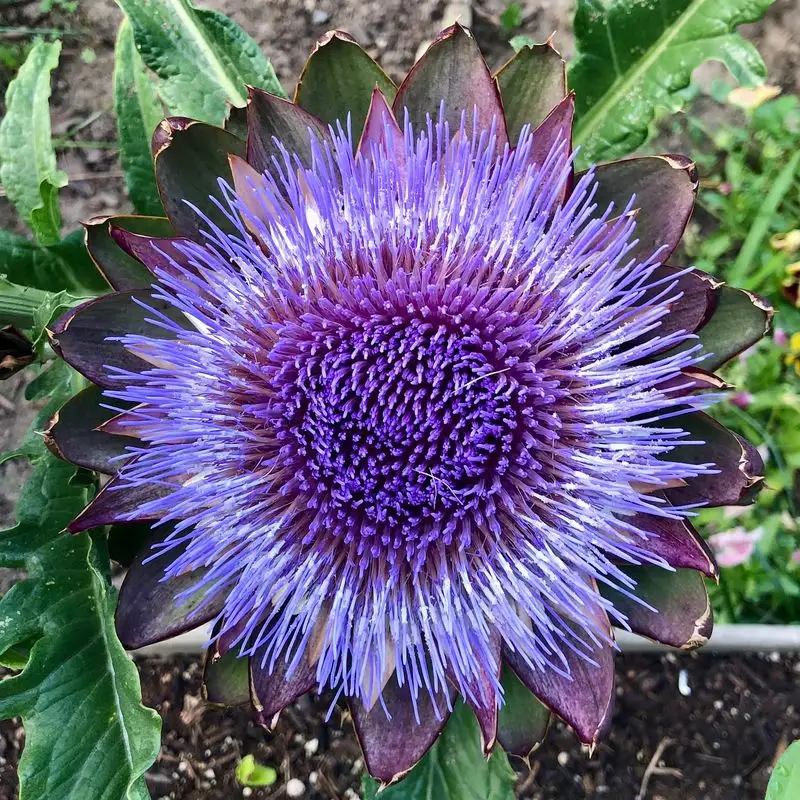
The artichoke is a perennial thistle with large, edible flower buds. Valued for its unique flavor and texture, it’s a gourmet’s delight. Artichokes require a sunny spot and well-drained soil to thrive. Their dramatic silver leaves and spiky buds make them a visual treat in any garden. Harvest the buds before they open for the best taste. Steamed or grilled, they offer a versatile addition to meals. Artichokes not only provide culinary pleasure but also serve as a stunning ornamental plant.
Mint
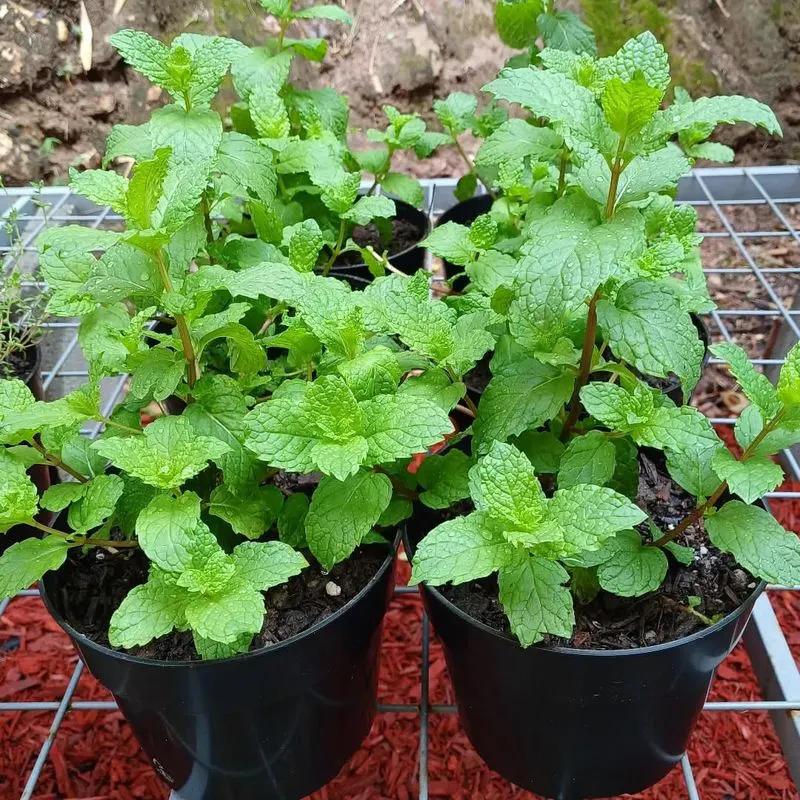
Mint is well-loved for its refreshing aroma and flavor. This vigorous perennial spreads quickly, so it’s best contained in a pot or designated garden area. Mint thrives in moist, well-drained soil and partial shade. Its leaves are perfect for teas, desserts, and garnishes. Regular harvesting encourages bushy growth and a steady supply of fragrant leaves. Whether used fresh or dried, mint is a versatile herb that invigorates both the senses and the garden. Its resilience and delightful scent make it a gardener’s favorite.
Oregano
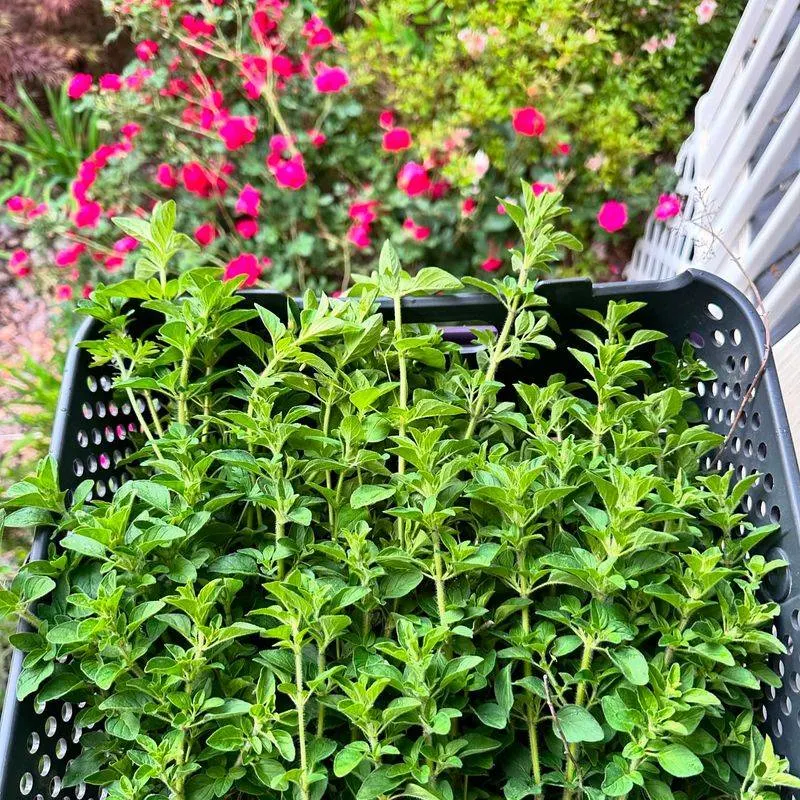
Oregano is a staple in Mediterranean cuisine, known for its earthy, aromatic flavor. This perennial herb thrives in full sun and well-drained soil. Once established, it’s drought-tolerant, making it ideal for low-maintenance gardens. Oregano’s small, fragrant leaves are perfect for seasoning pizzas, pasta, and grilled meats. Regular pruning encourages dense growth and enhances its flavor. Oregano is not only a culinary essential but also a beneficial companion plant, deterring pests with its strong scent. It’s a small herb with significant impact.
Thyme
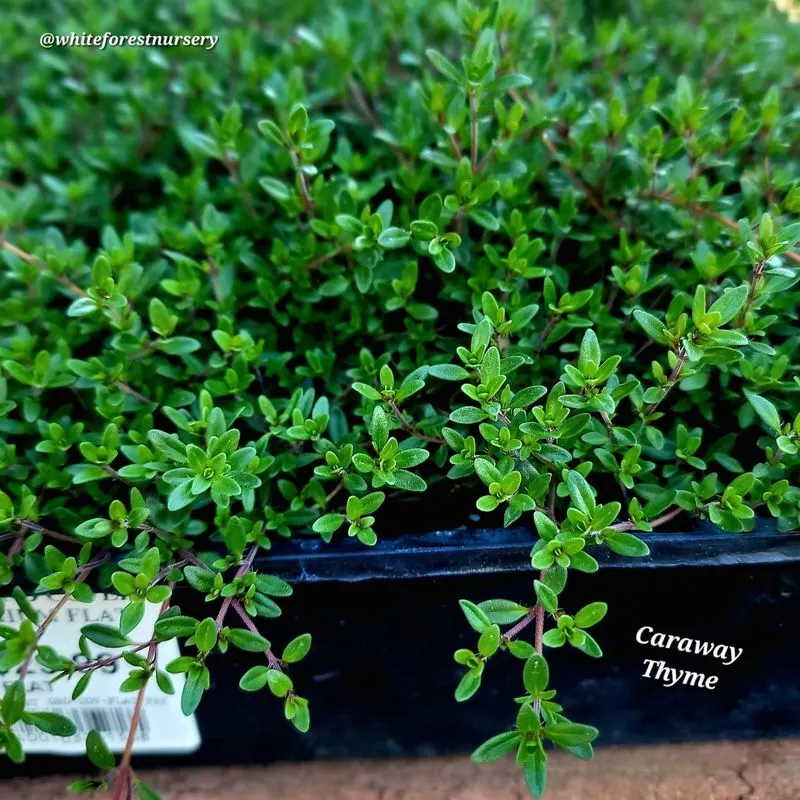
Thyme is a tiny herb with a powerful punch. Known for its aromatic, earthy flavor, it complements a variety of dishes, from roasted vegetables to meats. This perennial thrives in well-drained soil and full sun. Thyme’s resilience and drought tolerance make it a garden staple. Its petite leaves and delicate pink flowers add charm to any space. Regular harvesting keeps the plant productive, providing fresh thyme for culinary adventures. Its versatility and hardy nature ensure thyme remains a beloved herb for cooks and gardeners alike.
Sage
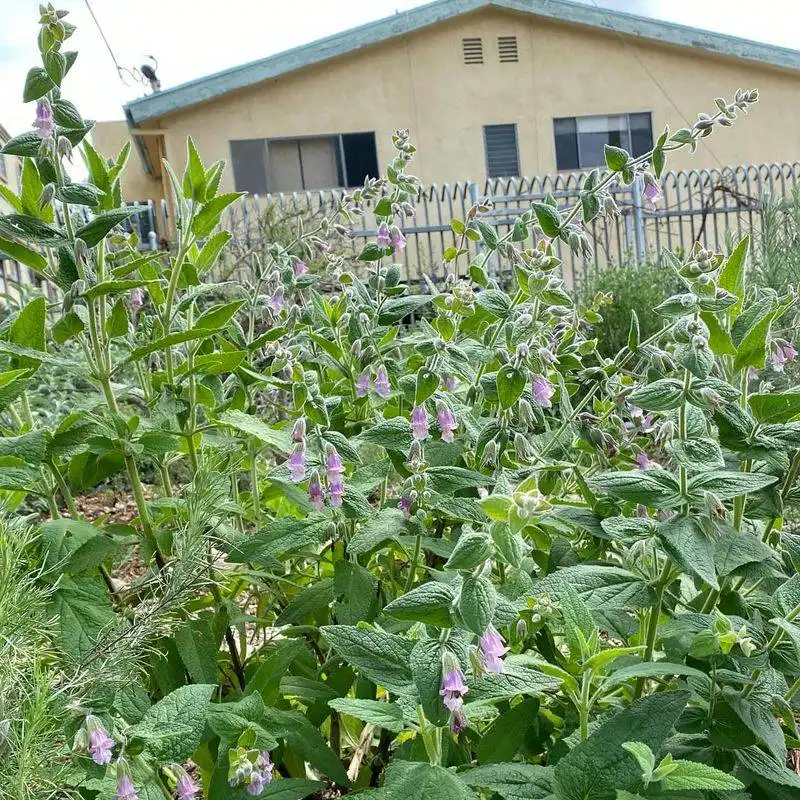
Sage, with its soft gray-green leaves, brings a woodsy flavor to dishes. This perennial herb is easy to grow, thriving in well-drained soil and full sun. Sage is not just for stuffing; it pairs beautifully with roasted meats and vegetables. Regular pruning keeps the plant lush and encourages new growth. Known for its medicinal properties, sage has been used for centuries in traditional remedies. Its hardy nature and distinctive aroma make it a valuable addition to any herb garden.
Fennel
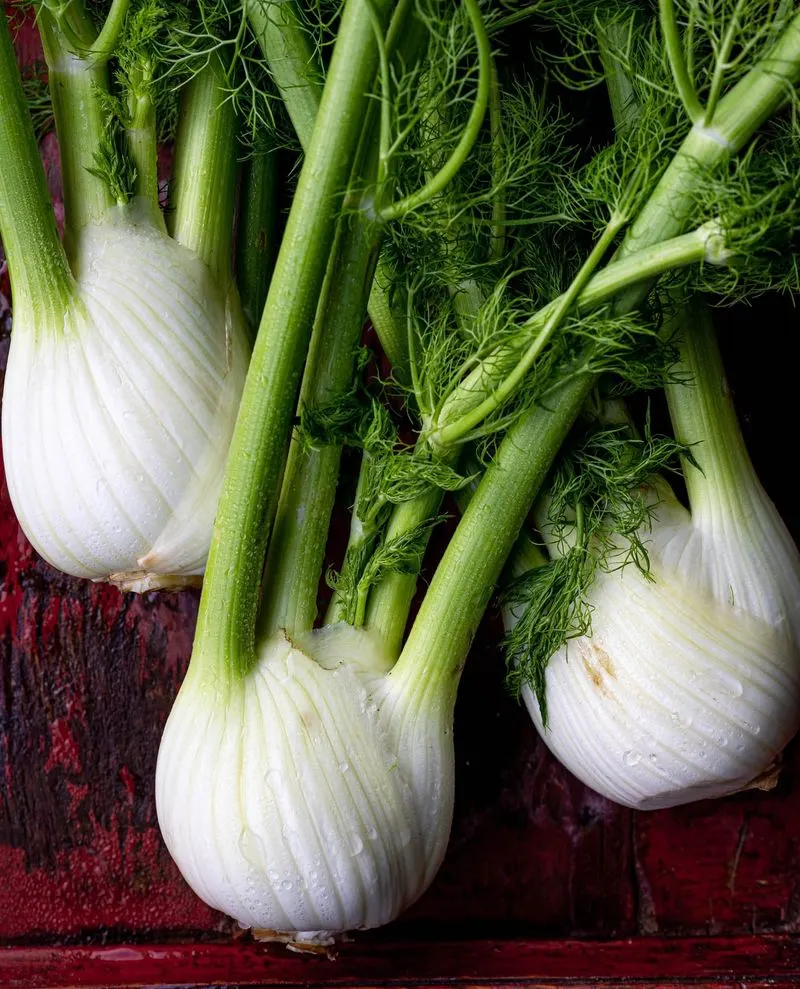
Fennel is a perennial with a sweet, anise-like flavor. Its feathery leaves, crunchy bulb, and seeds are all edible, offering versatility in the kitchen. Fennel thrives in full sun and well-drained soil, reaching up to six feet tall. It makes a striking addition to any garden, with its tall stalks and yellow flowers. Harvest the bulb for salads or roasting; the seeds add depth to dishes. Fennel’s unique taste and multifunctionality make it a favorite among culinary enthusiasts.
Garlic Chives
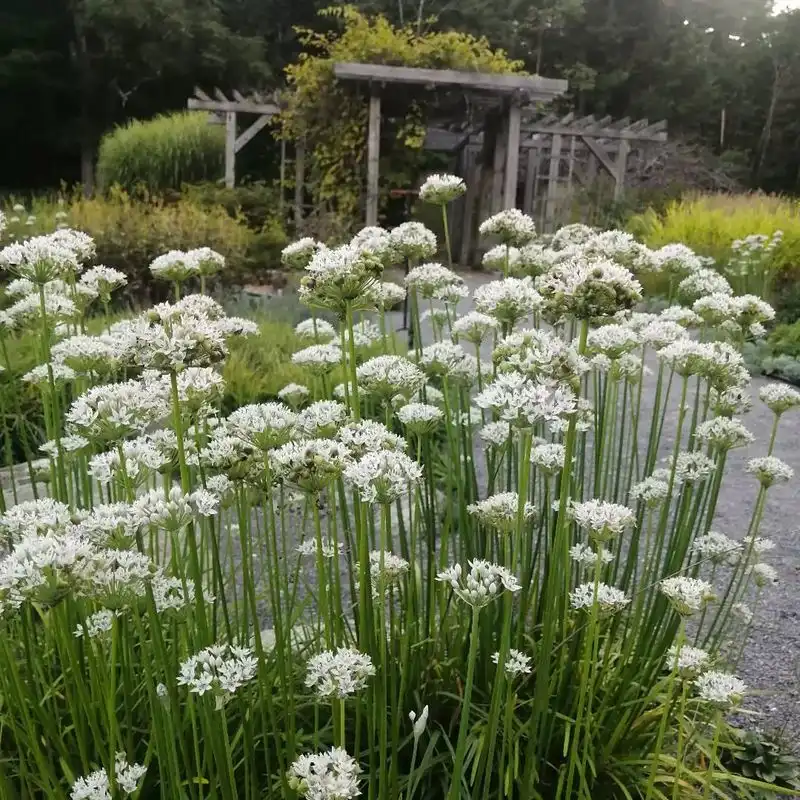
Garlic chives bring a subtle garlic flavor to dishes without the intensity of regular garlic. This perennial herb is easy to grow, thriving in well-drained soil and full sun. Its flat leaves and white flowers are both edible, adding a mild kick to salads, soups, and stir-fries. Regular trimming encourages lush growth and a continuous supply of fresh chives. Garlic chives are not only a flavorful addition to the kitchen but also attract beneficial insects to the garden.
Raspberries
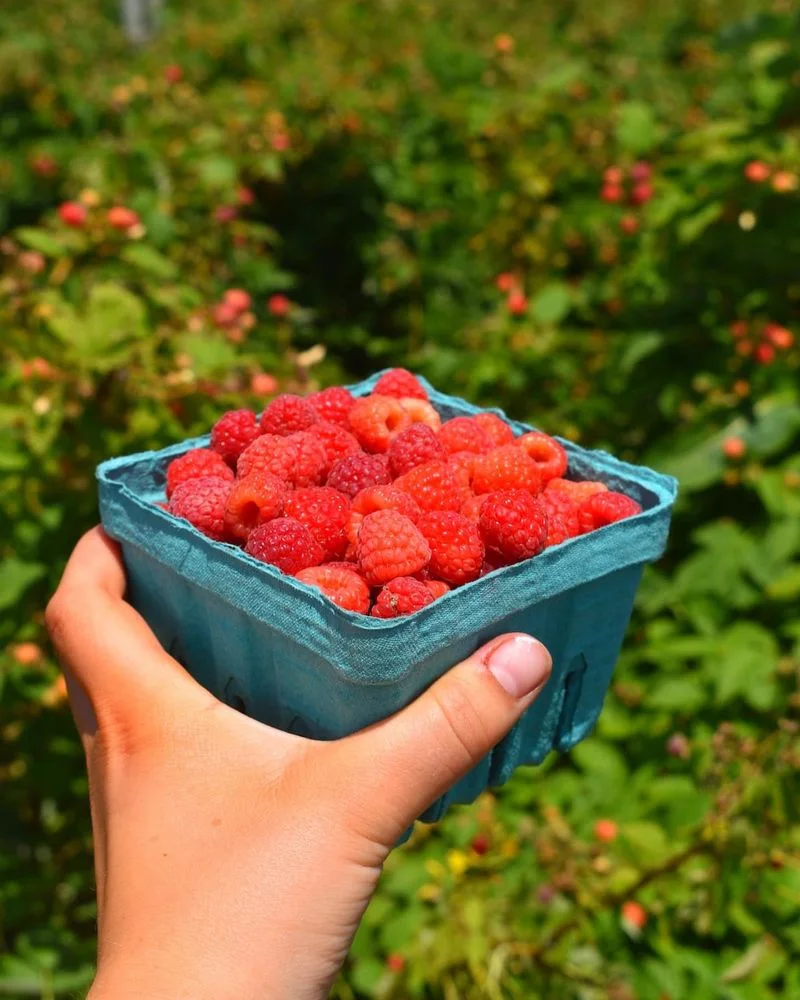
Raspberries offer a sweet reward to gardeners every summer. These perennial bushes thrive in well-drained soil and full sun. Once planted, they require minimal care, providing abundant fruit year after year. Prune the canes after fruiting to encourage new growth. Raspberries are perfect for eating fresh, making jams, or baking into desserts. Their vibrant color and juicy sweetness make them a beloved summer treat. Beyond their delicious berries, raspberry bushes add texture and structure to the garden landscape.

